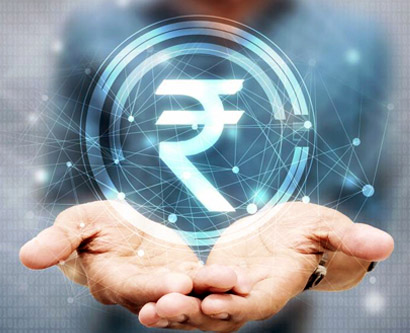Characteristics of Indian Economy
Characteristics of Indian Economy
Indian Economy became the fourth largest economy of the world as per the latest report of World Bank. However, Indian Economy is still lagging behind in many spheres. In India, in 2011-12, 58.2% of total working populace was engaged in agriculture and allied activities. In 2008, its contribution to national income was 17.5%. This is an indicator of backwardness of the economy. In UK and USA, only 1 and 4% of the working population is engaged in agriculture; in France, the population is about 7%; and in Australia, this is about 6%. It is only in backward and less developed countries that the working population engaged in agriculture is quite high.
After independence, the basic economic structure of the country has become more powerful. In quantitative terms there has been substantial development. The annual growth rate, however was 8.0% during 2008-09.
Main characteristics and various aspects of Indian Economy are :
» Agrarian Economy
Even after six-decades of independence, 58.2% of the work force of India is still agriculturist and its contribution to Gross Domestic Product (GDP) in 2011-12 is 14.1%.
» Mixed Economy
Indian Economy is a unique blend of public and private sector, i.e. a mixed economy. In its entire plan period, the government has invested 45% capital in public sector. However major sources and resources of production are still in the hands of private sector (approximately 80%). After liberalisation, Indian Economy is going ahead as a capitalist economy or market economy.
» Developing Economy
The following facts show that Indian Economy is a developing economy :
(a) National income of India is very low on international standards and per capita income ($ 1180 in 2009) is much low in India as compared to other developed countries.
(b) India currently has 260 million people or 26.1% population living below Poverty Line.
(c) Level of unemployment is very high. Unemployment in India is mainly structural in nature because the productive capacity is inadequate to create sufficient number of jobs. There is an acute problem of disguised unemployment in the rural areas. A person is considered employed if he/she works for 273 days of a year for eight hours every day.
(d) Savings are low in India due to low national income and high consumption expenditure. The low savings results in shortage of capital formation. Capital is an important factor of production.
(e) India is the second most populated country of the world. During 1991-2001, population increased by 21.34%. With this high growth rate of population about 1.7 crore new persons are being added to Indian population every year. According to 2001 census, the total Indian population stands at a high level of 102.7 crore which is 16.7% of the world's total population. To maintain 16.7% of world population India holds only 2.42% of total land area of the world.
(f) India lacks in large industrialisation based on modern and advanced technology, which fails to accelerate the pace of development in the economy.
Important facts relating to characteristics of Indian Economy
» Primary sector of Indian Economy is agriculture and the related sectors. The contribution of agriculture sector in GDP in 2008-09 was 18.9%.
» Secondary sector of Indian Economy is related to industry manufacturing, electricity etc. Its contribution to GDP is approximately 23.8%.
» Tertiary sector of Indian Economy is related to business, transport, communication and services. Its contribution (the share of services) in GDP is approximately 57.3% in 2008-09.
» The contribution of public sector in the gross production is less than 20%. The best indicator of economic development of any country is per capita income.
» During 2000-01 and 2004-05, NNP growth rate accelerated to 6.4% and per capita NNP grow at the rate of 4.7% per annum (at 1999-00 prices). During 2004-05 and 2009—10 further acceleration found in the NNP growth rate to 8.4% and that of per capita income to 6.85% (at 2004-05 prices).
The following factors are important in Economic Development of a developing country
(1) Natural resources
(2) Capital gain
(3) Skilled labour force
(4) Surplus sale of agriculture
(5) Justified social organisation
(6) Political freedom
(7) Freedom from corruption
(8) Technological knowledge and general education
